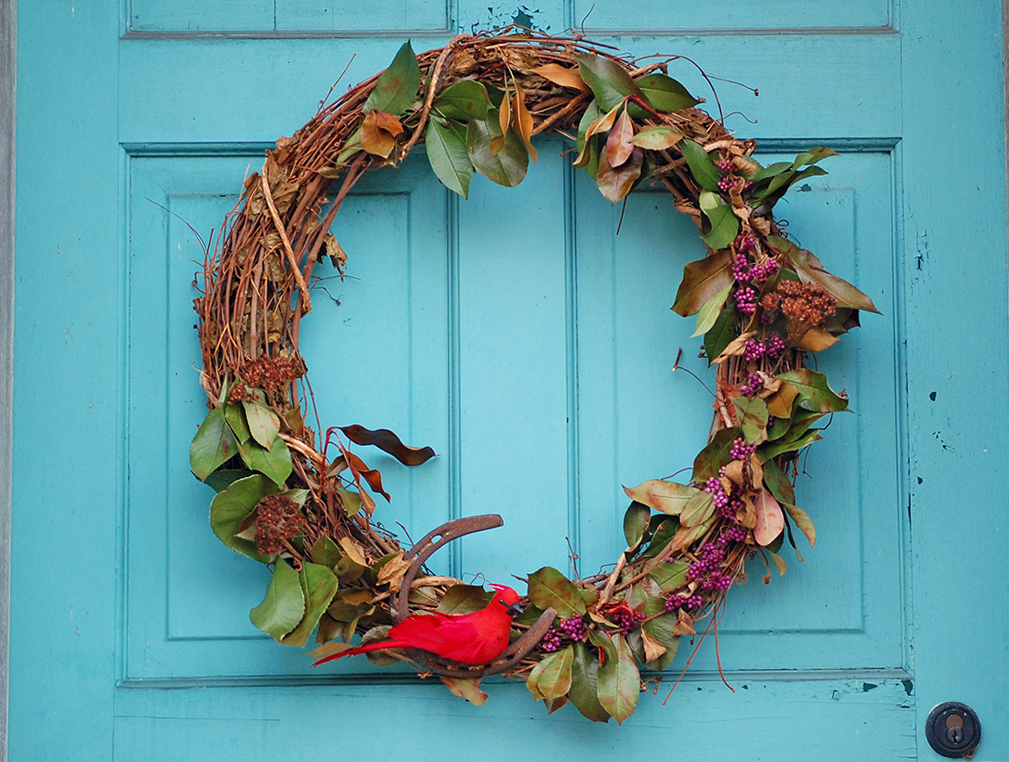
Images from woodcuts and paintings depict English decorators using sprigs of holly in tavern and store windows; mistletoe, vases or greenery with red berries on the mantel at home; garlands around portraits and stuck to walls; small branches of holly or greens stuck around the kitchen; churches strewn with fresh-scented greenery; and tables set with elaborate fruit pyramids, nuts and sweetmeats.
But the Christmas decor we know and love today would have been quite unusual for Washington’s troops and their families. In fact, many early American colonists didn’t celebrate Christmas or decorate for the holiday at all.
The myth of decorating for Christmas in the colonies likely originated when Williamsburg began decorating for Christmas in the 1930s. In reality, the Puritans and various religious denominations in the middle and southern colonies (e.g., Amish, Baptists, Congregationalists, Mennonites, Methodists, Presbyterians and Quakers) considered Christmas just another day to do the Lord’s work. For some in the central and southern colonies, Christmas was a holiday season, but it didn’t call for decorations.
At George Washington’s Mt. Vernon Estate, the Christmas season lasted more than a week (from Christmas Eve until Epiphany on January 6), and Washington gave his servants and slaves four days off to celebrate. This practice would continue throughout the rest of Washington’s life.
For Washington, Christmas was less about decor and more about spending time with family and friends, feasts, and entertainment. He was known to splurge on food and entertainment for his guests. During the Revolutionary War, Washington hired a band to perform on Christmas Day, and in December of 1787, a travelling salesman brought an Arabian camel for 18 shillings to entertain and educate the extended Washington family.

